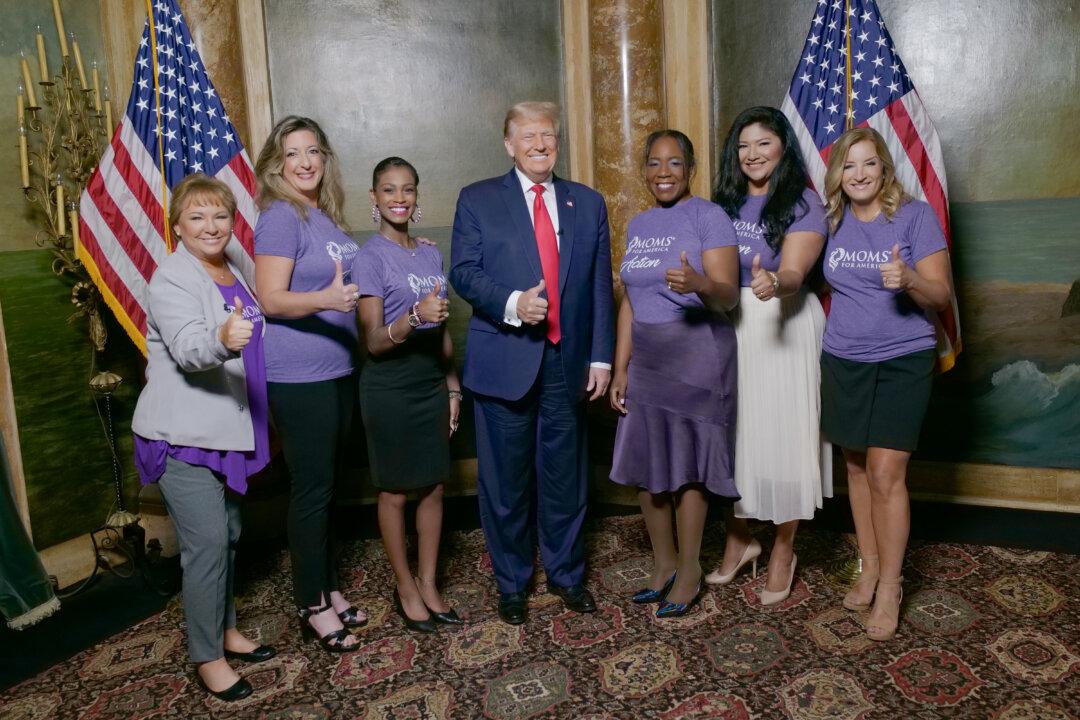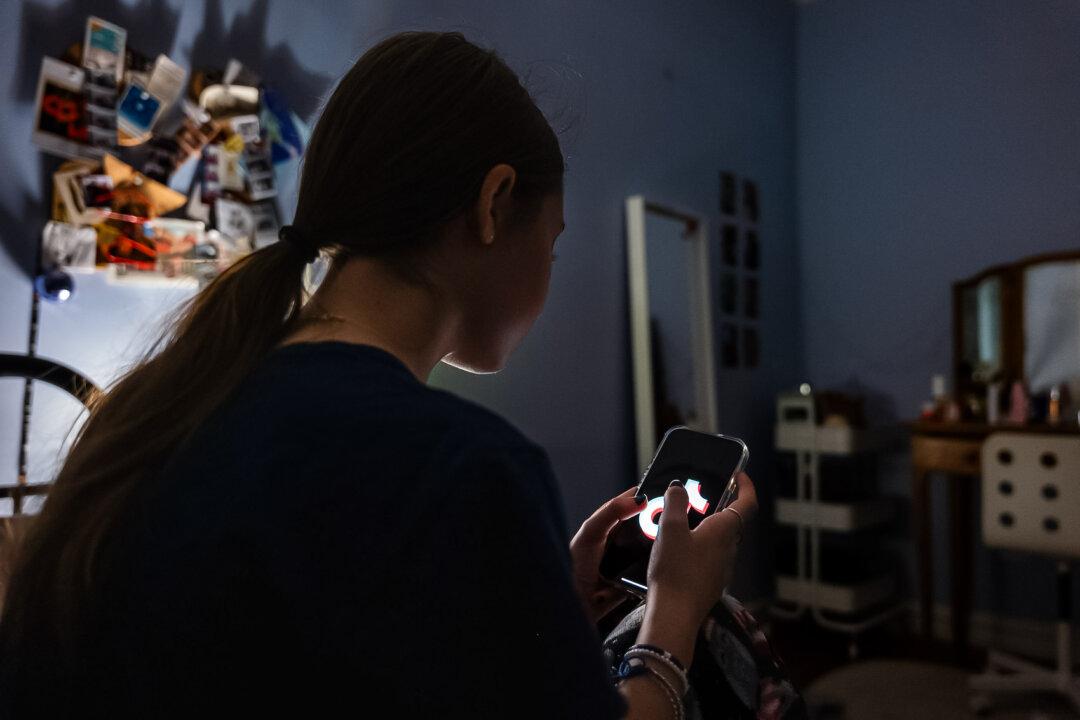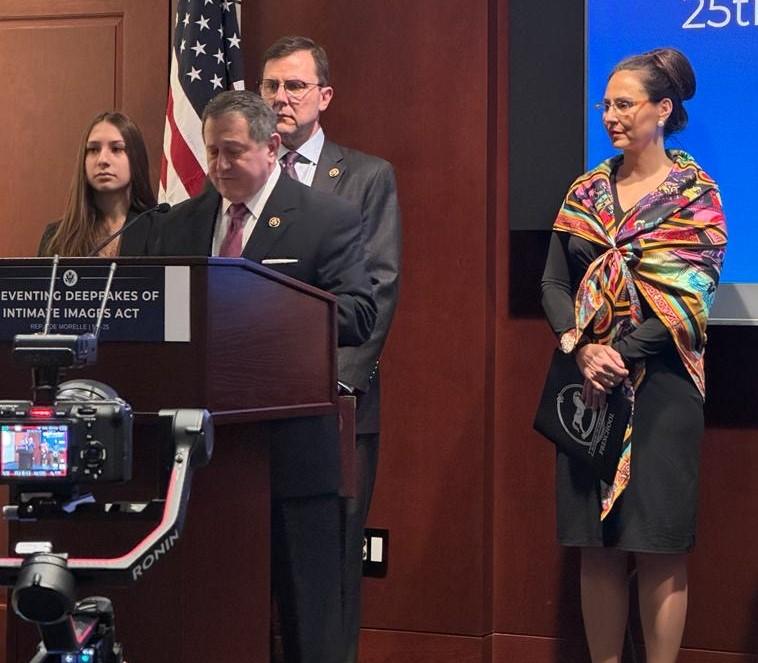The narrative often bandied about among the political pundit class—that conservatives and Republicans have a popularity problem with young people—may be on shaky ground.
A survey from an established research group shows that, on the whole, male high school seniors are leaning strongly conservative.





